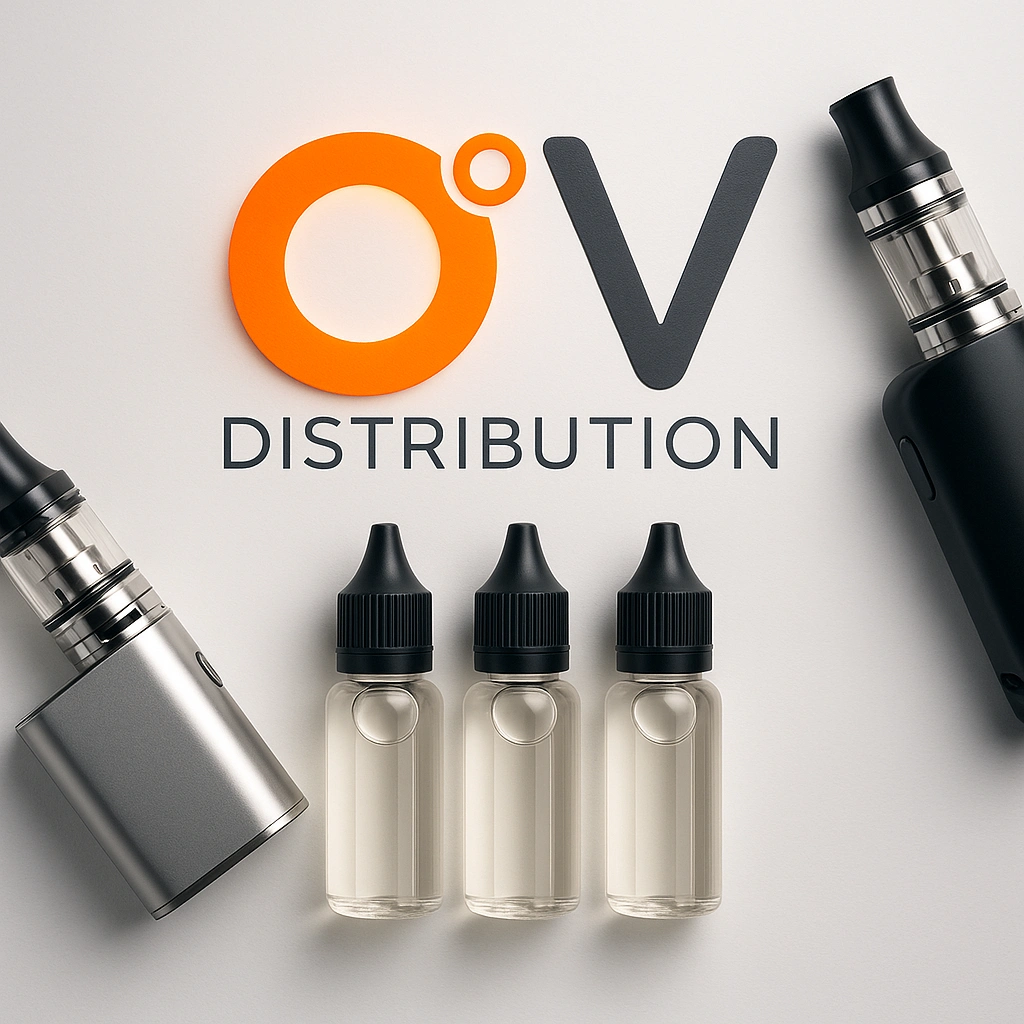In the competitive world of SEO, there are a lot of techniques and opportunities to be had, as well as numerous obstacles to success.
One of the most frustrating setbacks in SEO is being handed a penalty from one of the major search engine platforms. These penalties, often referred to as Google penalties can seem arbitrary and sever, which is why we want to help you through them, even if you don’t have years of SEO experience.
The 2 Main Types of Penalties
If you are unfortunate enough to have received a Google penalty, there are two reasons why this happened: Either a Google employee or an algorithm reviewed your site and determined that some aspect of the site is violating Google guidelines.
Manual Penalties
As this type of penalty is dished out by humans, you may be able to dispute or disprove the reasoning behind the penalty. However, the first step is to check the Google Search Console where you will find notifications regarding any manual penalties on your site. The console should also include the reason why you were penalised and include resources to help you fix the issues that caused the penalty.
Algorithmic Penalties
Because algorithmic penalties are given by – you guessed it – algorithms, they can be harder to understand and reverse than manual penalties. What’s more, you won’t get a notification when your site gets an algorithmic penalty and must comb through your website data to figure out what is causing issues with your site. Thankfully, recent updates to Google’s algorithms mean they update roughly twice a day and you won’t have to wait for ages to see if your fixes have removed the algorithmic penalty.
How to Deal with an Algorithmic Penalty
Unlike manual penalties, you won’t be notified of an algorithmic penalty but must look for its effects instead. Using a tool like SEMrush, you can check your site’s Organic Visibility for any major dips or drops in your ranking which may have been caused by algorithmic penalties.
Cleaning Up After an Algorithmic Penalty
When you’ve found out what kind of penalty your site has been hit with, you should try to ‘clean up’ your site, eliminating any problem areas that the algorithms take issue with. Make sure that you take your time and be meticulous to get the best results and (hopefully) avoid penalties for a long time!
Link Clean Up
If your site has been hit by a link-related penalty, you need to perform a link clean up, focussing on backlinks to your website. In order to gather all the backlinks to your site, it’s best to use a variety of sources such as the Google Search Console, Ahrefs and SEMrush. Once you’ve got a list of all your backlinks, go through and check each one, highlighting the ‘bad’ links which may be on sketchy sites and forums and so on.
Disavowing Links
Much like a politician with unsavoury supporters, you need to disavow all links which threaten your reputation. Where possible, you should reach out to websites and ask that they remove the links to your website or file a disavow request with Google by using the disavow tool. By filing a successful disavow request with Google, they will begin to recrawl these links and compare that to your disavoq file, which may take a while.
Cleaning up Your Content
If you notice a drop in rankings for a set of related keywords one of the first things to check for is plagiarism, especially if you did not write the content yourself. If you suspect that your content is letting your site down, try rewriting it before submitting the new page to index through the Google Search Console. If this content was the cause of your ranking decline, you should see your rankings recover quickly.
Stay on Top of Your Site’s Performance
It’s important to keep an eye on your site’s performance so that you can optimise your site and keep those high ranking you’ve worked hard to achieve. Staying proactive will help you to fix problems before they turn into massive obstacles, and the tips in this article will help you keep your site ship-shape and on the road to great rankings!




















